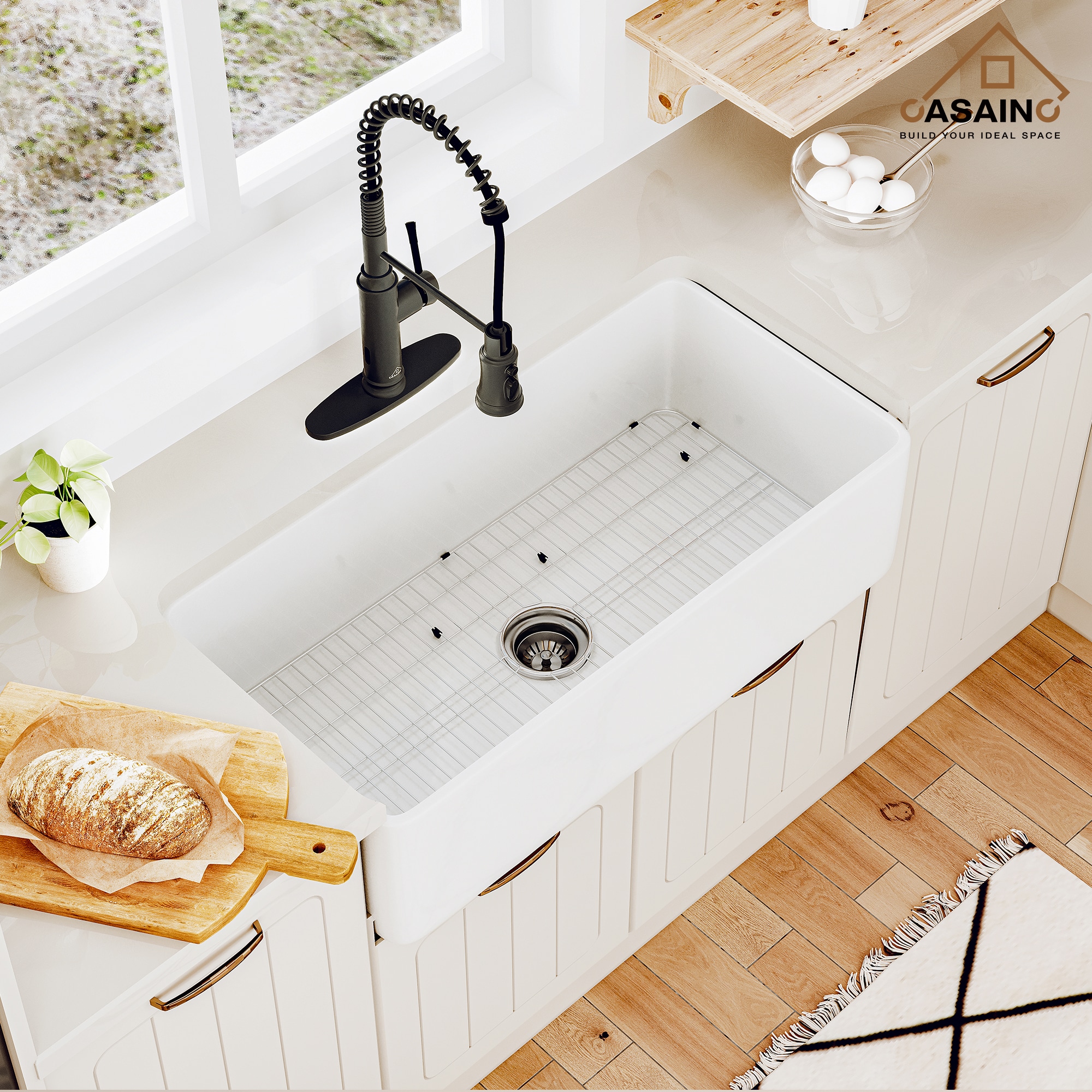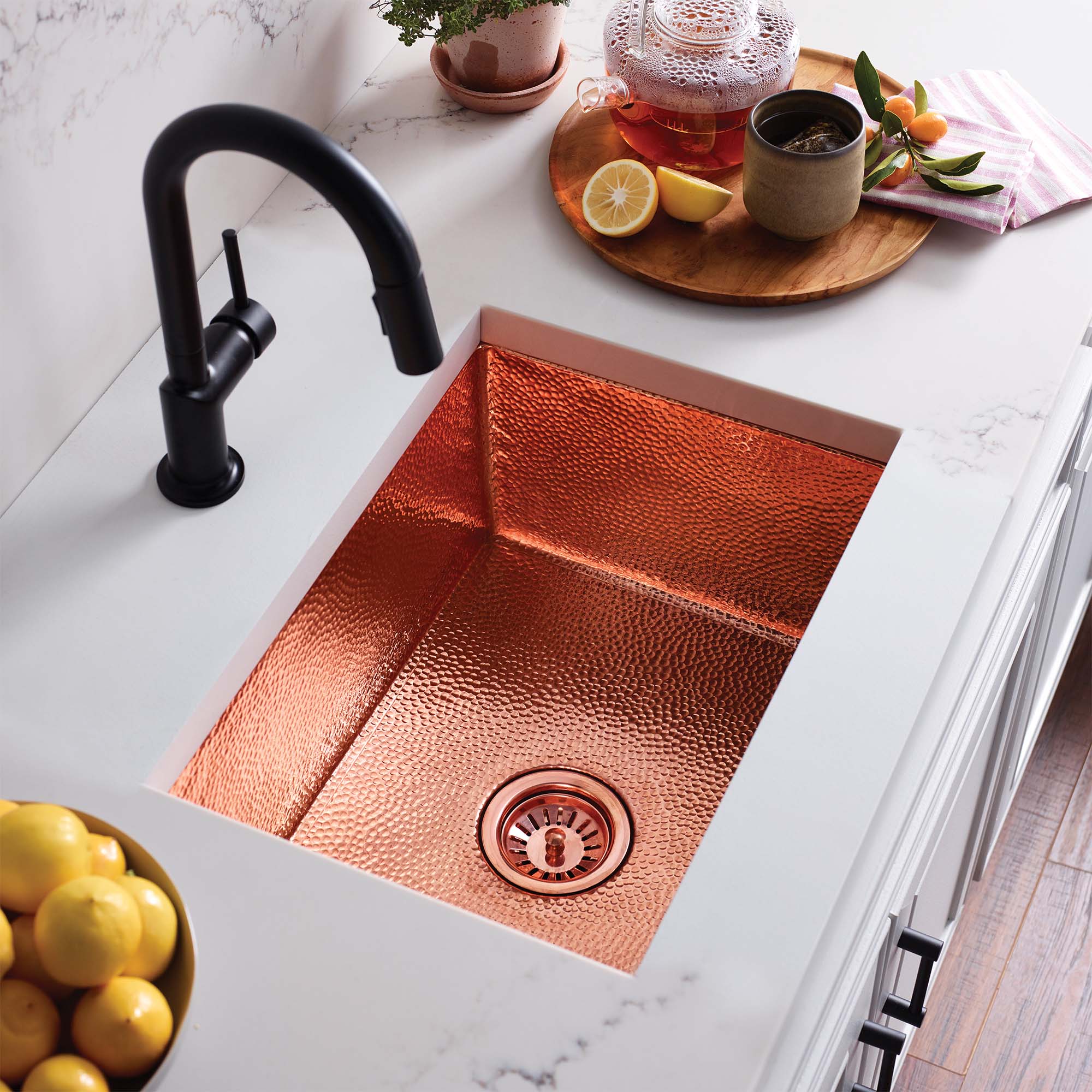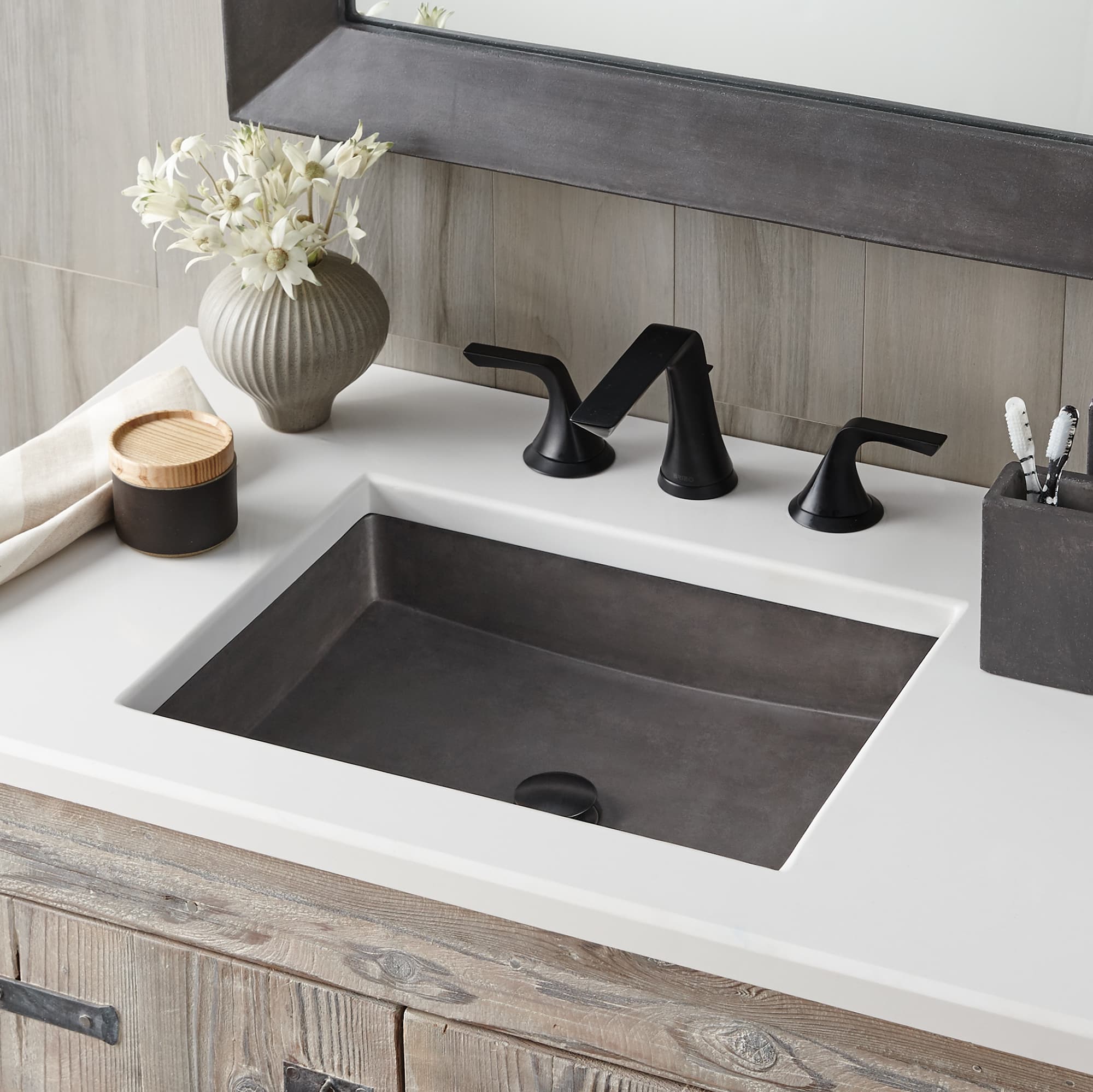The Kitchen Sink Conundrum: Choosing the Right Fit
In the heart of every home lies a kitchen, a sanctuary where meals are crafted and memories are made. Amidst the hustle and bustle of pots and pans, one element stands as a pivotal yet often underestimated component: the kitchen sink(French: lavabo cuisine). With an overwhelming array of options available in the market, selecting the perfect sink can feel like navigating through a labyrinth. This comprehensive guide, titled “The Kitchen Sink Conundrum: Choosing the Right Fit,” aims to simplify the process by shedding light on crucial factors to consider, ensuring your choice not only meets functional needs but also complements your kitchen’s aesthetic.

Understanding Your Needs: The Foundation of Selection
At the core of finding the ideal kitchen sink lies a thorough understanding of your household’s routines and requirements. Begin by assessing your cooking habits—do you frequently host large gatherings or stick to quiet family dinners? If you’re prone to preparing elaborate meals, a larger, deep basin sink might be necessary to accommodate bulky cookware. Conversely, smaller households may find a compact single-bowl sink more practical, saving valuable counter space. Consider also the frequency of hand-washing dishes; a double-basin configuration allows for separate washing and rinsing areas, enhancing efficiency.
Material Matters: Durability Meets Style
The material of your kitchen sink significantly influences its durability, maintenance, and overall aesthetic. Stainless steel reigns supreme for its affordability, resistance to corrosion, and ease of cleaning. However, it is susceptible to scratches and noise during use. For a touch of luxury, granite or quartz composite sinks offer superior heat resistance and an elegant, textured finish, albeit at a higher price point. Porcelain enamel over cast iron sinks boast timeless charm but require more delicate handling to prevent chipping. Understanding each material’s strengths and limitations will guide you towards a choice that balances practicality with personal taste.

Sizing Up: Proportions and Placement
A sink’s dimensions and layout should harmonize with your kitchen’s design and workflow. Measure the available cabinet space meticulously, factoring in clearances for plumbing and garbage disposal units. Larger sinks may necessitate modifications to existing cabinetry, which can escalate costs. Consider sink depth too—deeper basins reduce splashing but can strain your back during prolonged use. The sink’s placement within the kitchen is equally important; ideally, it should form a ‘work triangle’ with the stove and refrigerator, optimizing movement efficiency during meal prep.
Installation Types: Seamless Integration
The way your sink is installed impacts both functionality and visual appeal. Top-mount or drop-in sinks are straightforward to install, sitting atop the countertop with a rim resting on its edge. While they offer a quick and cost-effective solution, they can accumulate dirt around the edges. Undermount sinks, on the other hand, are mounted beneath the countertop, providing a sleek, seamless look that simplifies cleaning. Farmhouse or apron-front sinks extend slightly forward, adding a rustic charm but requiring custom cabinetry. Assessing your lifestyle and design aspirations will help determine the most suitable installation type.

Functional Features: Enhancing Your Sink Experience
Modern kitchen sinks come equipped with a myriad of features designed to elevate functionality. Some models incorporate a built-in soap dispenser or a pull-out spray faucet, streamlining tasks. Sound-dampening pads are a must-have for those who value a quieter kitchen. For the eco-conscious, low-flow faucets conserve water without compromising performance. Accessibility features, such as touchless faucets, cater to diverse needs and promote hygiene. Carefully weighing these additional features ensures your sink not only fulfills its primary duties but also enhances your kitchen experience.
Aesthetics and Cohesion: Complementing Your Kitchen Design
While function reigns supreme, the sink’s appearance should blend seamlessly into your kitchen’s aesthetic. Choose a finish that complements your countertop material and color scheme. A stainless steel sink pairs well with modern, minimalist designs, while a fireclay farmhouse sink beautifully complements traditional or country-style kitchens. Integrating your sink with the surrounding decor creates a cohesive look that transforms your kitchen into a visually pleasing and inviting space.

Budget Considerations: Balancing Quality and Affordability
Navigating the world of kitchen sinks involves striking a balance between quality, functionality, and budget. High-end materials and advanced features naturally come with a heftier price tag. However, investing in a durable, well-designed sink can save on future replacements and repairs. Set a realistic budget upfront and prioritize features that align with your most pressing needs. Keep an eye out for sales and promotional offers, which can significantly reduce costs without compromising on quality.
Maintenance and Longevity: Ensuring a Satisfying Investment
The longevity of your kitchen sink depends largely on proper care and maintenance. Materials like stainless steel require regular cleaning with mild detergent and soft cloths to maintain their luster and prevent water spots. Granite composite sinks may need periodic sealing to preserve their resistance. Understanding the specific cleaning and maintenance requirements of your chosen sink upfront will help prolong its lifespan and ensure satisfaction with your investment.
Innovative Materials: Exploring Beyond Tradition
In recent years, sink materials have evolved to offer more options beyond standard stainless steel and ceramic. Granite composites, made from a mixture of acrylic resins and granite particles, provide exceptional durability and resistance to scratches and stains. Quartz sinks, another popular choice, boast a non-porous surface that inhibits bacterial growth and is highly resistant to impact. For a touch of luxury, copper sinks not only bring warmth and elegance to the kitchen but also have natural antimicrobial properties. Considering these innovative materials can add both practicality and a unique design element to your kitchen.

Conclusion: Embracing the Perfect Fit
Selecting the right kitchen sink is a journey that intertwines practical necessities with personal preferences. By meticulously considering factors such as usage patterns, material durability, size and layout, installation types, functional features, aesthetics, budget, and maintenance, you embark on a path towards a kitchen centerpiece that serves you faithfully for years to come. Remember, the kitchen sink is not merely a utility; it is a reflection of your lifestyle and an integral part of your home’s heartbeat. Approach this decision thoughtfully, and the result will be a kitchen sink that elegantly solves the conundrum, fitting your space like a glove.


